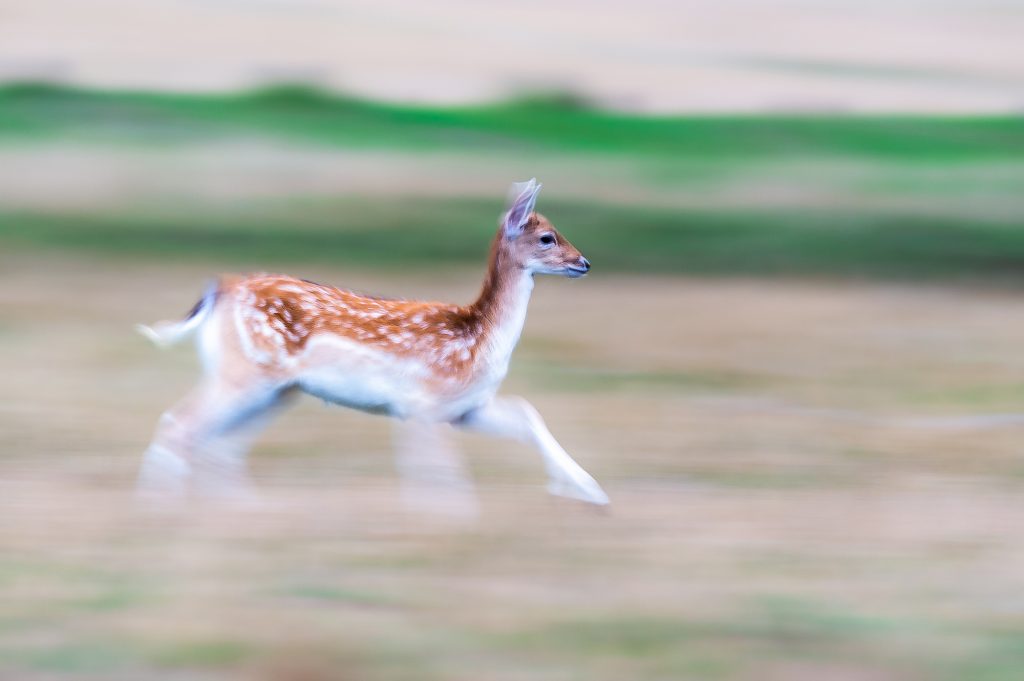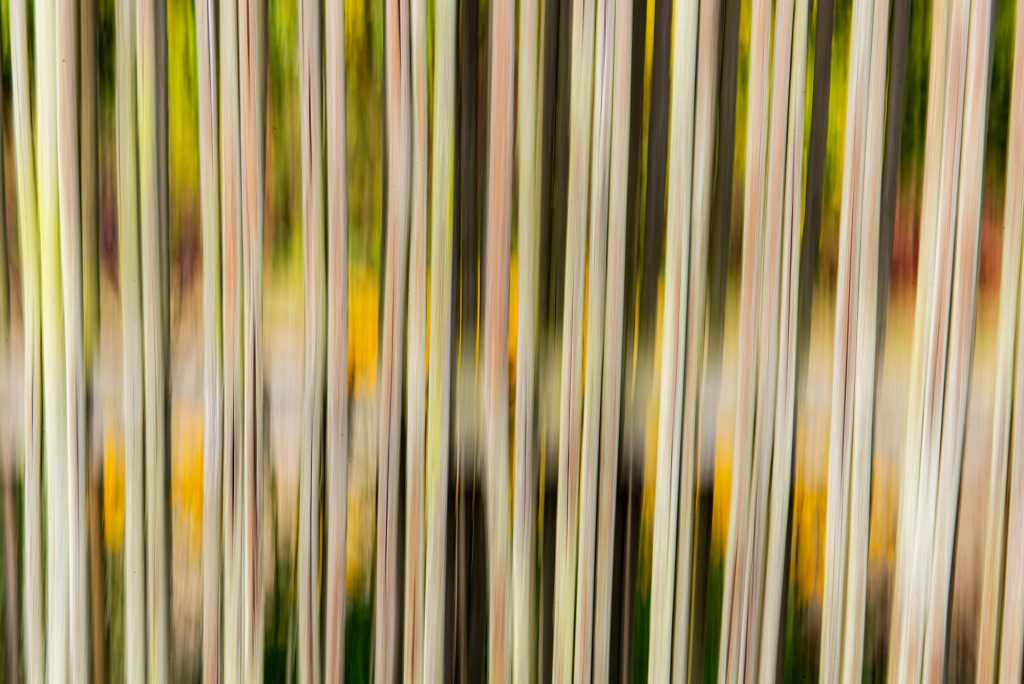Photography is not always about the number of megapixels and how sharp an image should be. In my view photography should go beyond the quest for the perfect light, sharpness and resolution. Experimenting to achieve a more evocative and interesting image not only is fun to practise but it can also produce creative shots with surprising results. A reason to love this technique is that it enables you to capture your subject in a unique and personal way that cannot easily be reproduced by others.
Intentional Camera Movement (or ICM for short) is a photographic technique where the camera is moved as the image is being taken.
One example is slow panning. The camera movement mimics that of a moving subject to keep the subject sharp and the background blurred. By using continuous focus you will need to pan your subject and track it. A key factor to get right when using ICM is the shutter speed. It needs to be long enough to capture significant motion blur; while the theory is simple the practice can be more challenging; results are affected by your distance from the subject, the speed of the subject, your shutter speed and how fast you pan your shot. But, as always, practice makes it perfect.

Clean, parallel lines provided by the trees and vibrant colours of nature lend themselves to a vertical camera movement. This can be from the top-down, or from the bottom-up and can be a quick or slow movement. It really just depends on the effect you wish to capture, and how experimental you want to be.

Because of these slow shutter speeds, shooting in low-light conditions is ideal for ICM. During the daytime, it may be harder to achieve the required shutter speeds even at the lowest ISO setting and the smallest aperture (highest f-stop number). A polariser or ND filter might on some occasions help control the light.
Get creative, there are no rules. You could move the camera vertically, horizontally, or diagonally – fast or slow. Alternatively, you could zoom in/out during exposure to create a spiral effect, like in the shot below.

There is an element of trial-and-error when starting out with Intentional Camera Movement. You should soon find out what works for you and what doesn’t; this will help you to develop your own style. Take a lot of shots, and don’t be too quick to delete shots that you feel haven’t quite worked out as you had hoped.
I do use this technique with wildlife, people, flowers, trees, landscapes etc.








